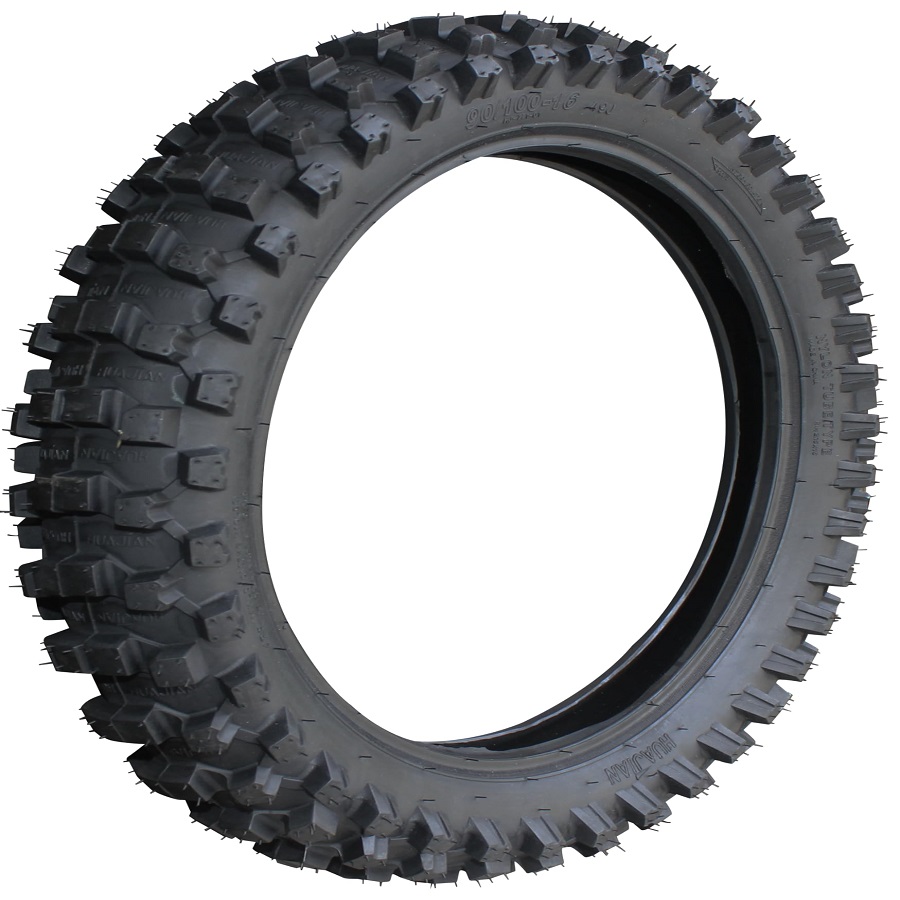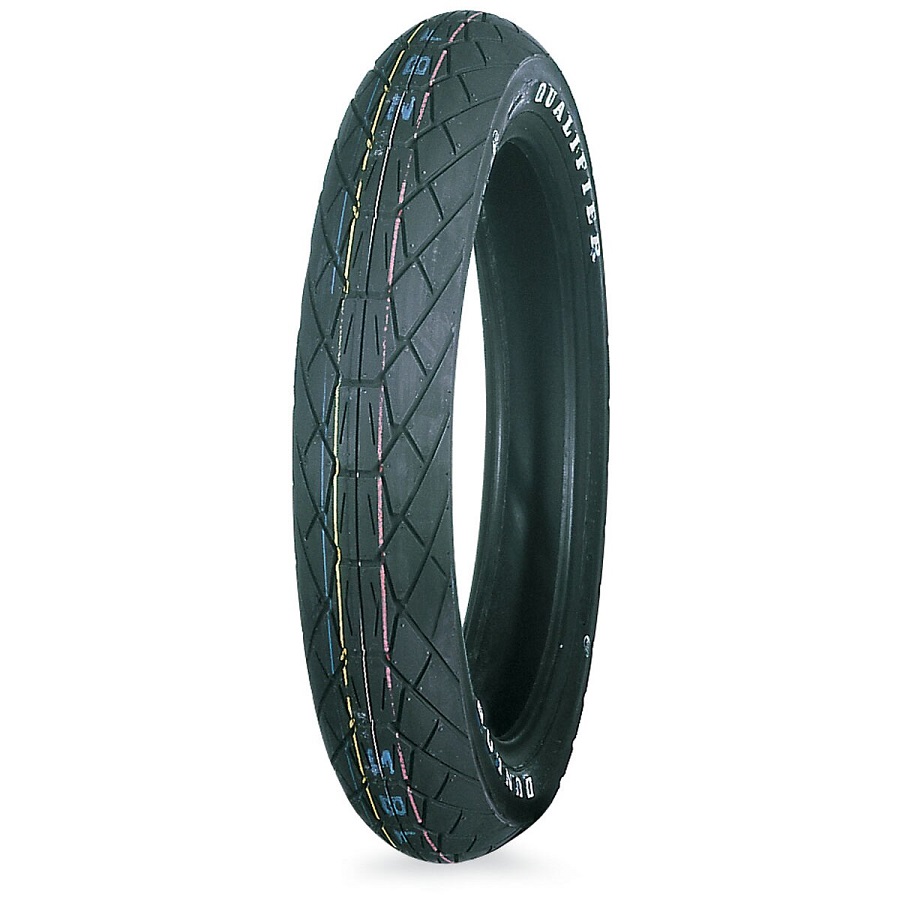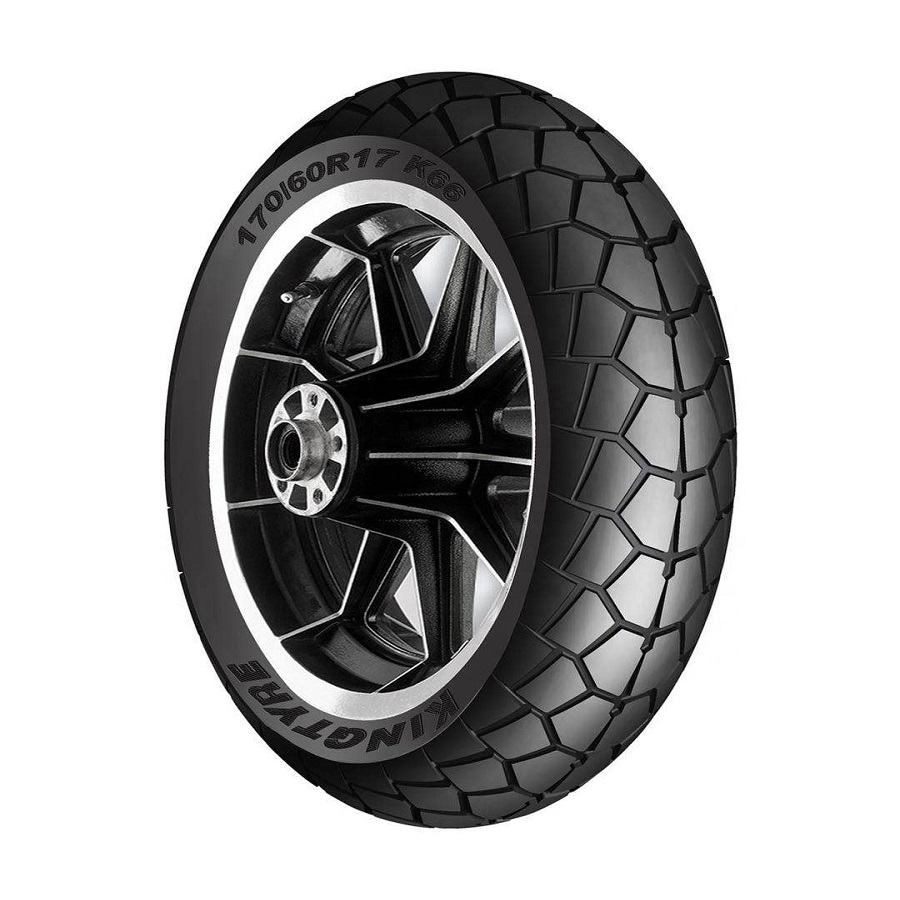Types of Motorcycle Wheels
Choosing the right type of motorcycle wheels is crucial for a safe and enjoyable ride. Different wheels offer varied benefits and can significantly impact your motorcycle’s performance and aesthetics.
Alloy Wheels
Alloy wheels, made from an amalgam of aluminum or magnesium, are lightweight and robust, making them a popular choice. They improve a bike’s handling by reducing the unsprung weight. Also, they dissipate heat more effectively, which is beneficial when braking. For riders looking for performance and style, alloy wheels with their sleek designs can be an excellent choice.
Spoke Wheels
Spoke wheels feature a classic design with individual metal spokes connecting the wheel’s rim to the hub. This structure allows for better flex, which can absorb road shocks more efficiently, offering a smoother ride on uneven surfaces. They are common in off-road and adventure motorcycles because of their durability and ability to withstand rugged terrain. However, they may require more maintenance than alloy wheels.
 Aftermarket Performance Wheels
Aftermarket Performance Wheels
For those seeking to enhance their motorcycle’s performance and appearance beyond the stock options, aftermarket performance wheels are the way to go. They often use cutting-edge materials and technology to offer improvements such as reduced weight and increased strength. These wheels can come with a higher price tag but are favored by enthusiasts who are willing to invest in top-tier motorcycle wheels and tires for an exceptional riding experience.
Motorcycle Tire Basics
As important as the wheels are, motorcycle tires are a key factor in the ride’s performance and safety.
Tire Size and Profile
Each tire has a specific size and profile fitting its intended use. The size is usually marked on the sidewall, and it includes width, aspect ratio, and rim diameter. A wider tire may enhance stability, while a narrower one could offer increased agility. Profile refers to the tire’s curvature; a flatter profile can contribute to a larger contact patch with the road, while a rounder profile tends to aid in smoother cornering.
Tire Tread and Pattern
To maintain traction and control, pay attention to the tread and pattern of your motorcycle tires. Treads vary, with deeper grooves and unique patterns for better grip in wet conditions and specific designs for off-road use. It is crucial to match the tread pattern to your typical riding environment to optimize performance and safety.
Tube vs. Tubeless Tires
Motorcycle tires come in two main types: tube and tubeless. Tube tires require an inner tube and are common in spoke wheels. They are more prone to punctures but simpler to repair. Tubeless tires, on the other hand, seal directly against the wheel rim, offering less weight and reduced risk of sudden blowouts. Choose between tube and tubeless based on your wheel type and performance needs.
Factors to Consider When Choosing Motorcycle Tires
Choosing the right motorcycle wheels and tires is not just about size and appearance. There are several factors that riders must consider to ensure they select tires that will serve them well. From the way you ride to the surfaces you traverse, every detail matters.
Riding Style
Your riding style greatly influences the type of motorcycle tires best suited for your needs. Sport riders who crave speed and agility should look for tires with a softer rubber compound for better grip during high-speed cornering. Touring bikers, who spend long hours on the road, may benefit from harder tires that offer extended longevity and stability. For city commuters, tires with good wet and dry traction are essential. Understanding how you ride is the first step toward choosing tires that match your motorcycle’s performance.
Road Conditions
The road conditions you typically encounter are pivotal in selecting the right tires. If you often ride on wet and slick surfaces, look for tires with deep grooves and efficient water dispersal properties to prevent hydroplaning and maintain grip. Off-road adventurers require tires with rugged tread patterns that can handle mud, gravel, and uneven terrain. Regarding the choice between tube and tubeless tires, those regularly traveling on rough roads may opt for tube tires due to their repair simplicity in remote areas. Conversely, tubeless tires could be more suitable for predominantly city or highway rides.
Tire Longevity and Performance
When investing in motorcycle wheels and tires, consider their longevity and performance. Some tires are engineered to last longer, which means fewer replacements but possibly a trade-off in peak performance. Racing tires, for instance, provide exceptional performance but may wear out faster than touring tires. Assessing how often you ride and the conditions you face can help determine the balance you seek between tire longevity and the level of performance you require.
 Understanding Wheel Sizes and Compatibility
Understanding Wheel Sizes and Compatibility
When choosing motorcycle wheels and tires, the size and compatibility of your wheels are crucial. Not only does the size impact overall bike aesthetics, but it also has a significant effect on handling and performance. Motorcycles are designed with specific wheel parameters, and selecting a wheel size that fits these design specifications is essential for proper fitment and function.
Impact on Handling and Ride Quality
Wheel size can dramatically affect your motorcycle’s handling and ride quality. A larger wheel diameter generally offers better stability and a smoother ride on straight roads, but may reduce maneuverability. Conversely, smaller wheels can improve acceleration and enhance your bike’s ability to navigate tight turns. But, they may feel less stable at higher speeds. The width also plays a role; wider wheels can increase traction and stability, while narrower ones might offer a more dynamic and responsive riding experience.
Choosing the right combination of wheel size and tire is key to maximizing your motorcycle’s potential while ensuring safety and comfort during your rides. Always consider how changes in wheel size could alter the harmony between your bike’s design and its road handling capabilities.
Maintenance Tips for Wheels and Tires
Proper maintenance of your motorcycle wheels and tires is pivotal to the longevity and safety of your ride. Let’s look at some maintenance tips that you should incorporate into your regular motorcycle care routine.
Regular Inspection and Cleaning
Inspect your wheels and tires frequently for signs of wear or damage. Check for cracks, bulges, or objects that may have punctured the tire. Cleaning your wheels and tires not only helps maintain their appearance but also gives you a chance to inspect them closely. Use a gentle cleaner and a soft brush to avoid scratching the wheels. Make sure to dry them properly to prevent rust and corrosion on metal parts.
Tire Pressure Monitoring
Keeping your tires correctly inflated is essential for optimal performance and fuel efficiency. Check your tire pressure regularly, preferably when the tires are cold, as heat can affect the reading. Use a reliable pressure gauge to ensure accuracy. Properly inflated tires reduce the risk of blowouts and extend the life of the tires. It also provides better handling and helps maintain even tire wear. Remember, incorrect tire pressure can significantly impact your motorcycle’s performance and safety.
The Role of Wheels and Tires in Safety
Safety on the road ties directly to the state of your motorcycle wheels and tires. Properly maintained wheels and tires can be the difference between a safe trip and an accident. They affect your motorcycle’s grip, braking, and stability.
Importance of Proper Installation
Installing your motorcycle wheels and tires correctly is vital. It ensures that they function as designed. Always follow the manufacturer’s guidelines or seek professional help. Incorrect installation can cause tire blowouts or poor handling. Check that your wheels are aligned and balanced. This reduces the risk of accidents.
When to Replace Your Tires and Wheels
Be aware of when to replace your motorcycle wheels and tires. Look for tread wear indicators on tires. They show if tires are too worn for safe use. Examine your wheels for cracks or bends. These are signs they need replacement. Change your tires when they show significant wear or at least every five years. It’s not just about wear; tires also age and lose their effectiveness. Always replace tires in pairs to maintain balance and performance.
Leave a Reply